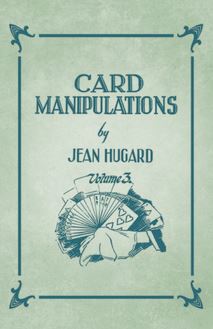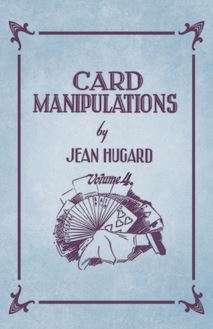Card Manipulations - Volume 4 , livre ebook
48
pages
English
Ebooks
2021
Obtenez un accès à la bibliothèque pour le consulter en ligne En savoir plus
Découvre YouScribe en t'inscrivant gratuitement
Découvre YouScribe en t'inscrivant gratuitement
48
pages
English
Ebooks
2021
Obtenez un accès à la bibliothèque pour le consulter en ligne En savoir plus
Publié par
Date de parution
28 juin 2021
Nombre de lectures
2
EAN13
9781528768146
Langue
English
Poids de l'ouvrage
2 Mo
Publié par
Date de parution
28 juin 2021
Nombre de lectures
2
EAN13
9781528768146
Langue
English
Poids de l'ouvrage
2 Mo

